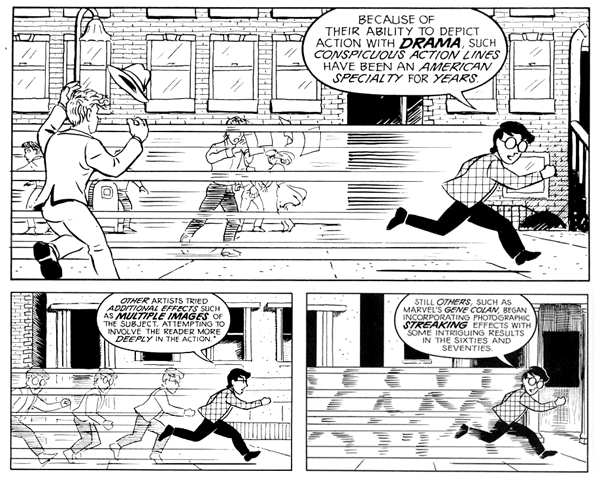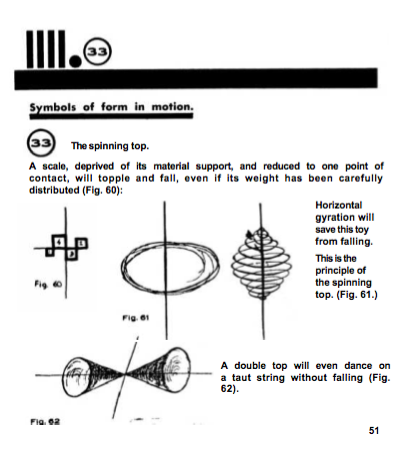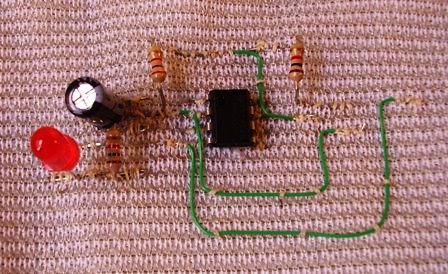My last project on resumes had me thinking a lot about the nature of rules, and how they are applied and misapplied in our society. The prompt to discuss “Simulation” got me thinking about the things we simulate and the things we don’t – and why.
If you look under the hood of a simulation, you’ll see that the foundation of any simulation is rules. Lots and lots of rules, applied over and over again, maybe in response to various stimuli (in the case of physics simulation), or maybe randomly (in the case of evolution) The rules that we simulate seem to be heavily biased towards natural phenomena (physics, light, genetics). Are there less obvious rules – in particular, man-made rules – that we can simulate? Can we simulate the rules that *people* have, for things like social interaction? And if we have real people as actors in the simulation, is it really a simulation anymore?

SimCity – An early simulation of man-made rules
Simulating man-made phenomenon and rules is not new (as any video game player can tell you.) What’s interesting, though, is that rather than “guessing” these rules, now we seem to have an opportunity to use the ACTUAL real-life man-made responses to stimuli and input around us in simulations.
For one, cities and other man-made systems are starting to make their data from actual events in life available to the public. What if, in SimCity, instead of using a set of probabilities to determine how pissed off your town gets to a tax increase, we could in real time find a city who had made a similar tax increase with a similar population, and use *that* city’s real reaction to the tax increase in your simulation? It’s still a simulation, in that an actual town doesn’t have its taxes raised – but it’s based on real reactions.

UPS Tracking – Using the real world as a tool for simulation
For another, the ubiquity and cheapness of digital devices means that we can actually use man-made rules and systems being applied to real items *in real time* to our simulations. A concrete example of a system that everyone can play with is the United Parcel Service – a huge, man-made machine designed to get packages from point to point in arbitrary times (with the rules designed to create a profit.) With tracking numbers, a computer can see, for any package, how far and how fast it travels in real time. What’s interesting about this is that you can today imagine a simulation, cheap enough to build at home, that uses programming and cloud services like L-Mail to *physically mail packages* in order to calibrate itself. We can use real-world encounters to make further decisions about, say, when to send packages to make sure everyone receives them at the same time…effectively creating a hybrid physical-digital simulation tool that takes into account the real operation of UPS. What we’d use this particular example for is beyond me – maybe to know when to send admissions letters for college so everyone gets them at the same time? But it’s wicked cool that it’s even conceptually possible. And it translates to many other man-made systems, from tax filing to phone dialing to using Mechanical Turk to get people to ride the bus places.
Weird, huh? So where does that leave us? This resume project has made me interested in simulations that take into account real decisions make about real people. What if, as part of a simulation, I sent off 100 fake resumes to 100 actual companies? As in, I use a computer to create 100 fake resumes, maybe based off those of real people, and *actually* – not simulating – mail them to 100 companies across the united states. And say, 10 of those resumes were offered interviews. My algorithm can see which have gotten interview requests (by logging into the fake person’s e-mail) and pick 10 resumes to be the “most fit” resumes, and kill off and mutate the old resumes accordingly, before coming up with a new batch of 100 resumes, to send off again to a new set of companies. Such a simulation would use real-life HR decisions as its own engine – but yield “simulated” results that point out rules in our employment decisions that people don’t even realize. With sites such as EarthClassMail L-Mail and (more generally) Mechanical Turk , there’s any number of “physical” man-made systems of rules we can access programmatically in our simulations.














